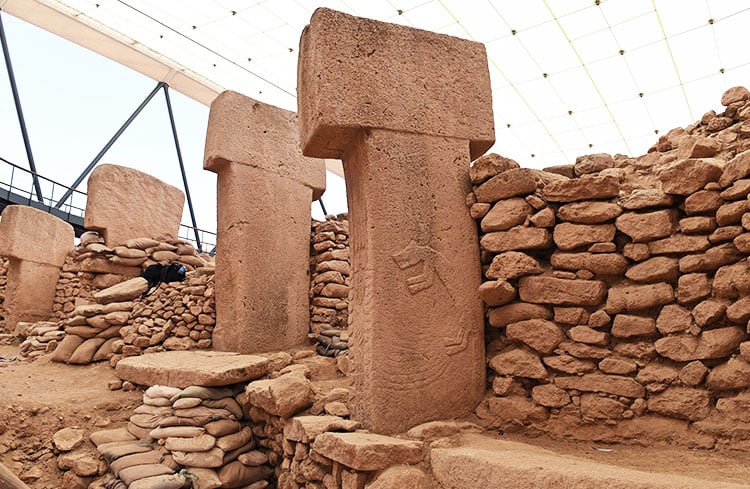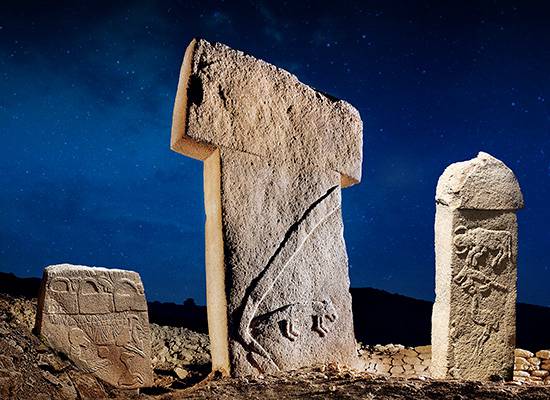Göbekli Tepe
Göbekli Tepe is a fascinating archaeological site that offers a glimpse into humanity's ancient past. Known as the world’s oldest known temple complex, it challenges our understanding of prehistoric cultures and their sophistication. We help you explore this extraordinary site, where history and mystery intersect.









